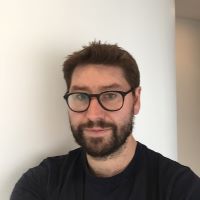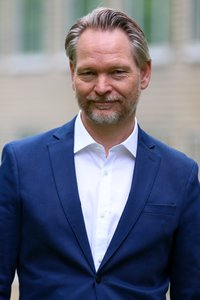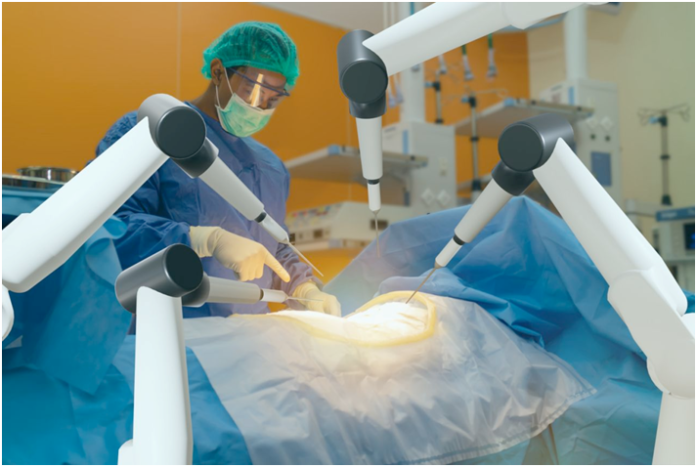Whether we talk about urology, dentistry, orthopedics, orofacial treatment or cranio-maxillofacial surgeries, literatures surrounding the utilization of digital technologies have grown exponentially. Incentivized by work hour restrictions, patient safety initiatives, and inspired by technical advances in biomaterials and rapid printing strategies, promising technologies are appealing but still have to carve out a place in the vital world of clinical practices. Indeed, concerns about cost, limited understanding of the technical processes involved, and lack of tangible potential uses remain significant hurdles to their adoption.
At the end of the day, do surgeons and doctors really need these technologies? How much can they simplify their work?
The upcoming Additive Talks session ambitions to separate the wheat from the chaff by discussing how 3D printing technologies can enhance medical procedures with particular focus on, robotic surgery.
Set to take place on Wednesday 09th June, 2022 from 09.30 am to 10.30 am Cambridge, Massachusetts Time (03.30 pm to 04.30 pm CET), the virtual table will host two main stakeholders:
Henry Pinchbeck, Founder and the CEO of 3D LifePrints. Scientist by training, Pinchbeck is a UK qualified solicitor. As CEO, Henry is responsible for all 3D LifePrints’ global activities but particularly concentrates on the development of the medical 3D printing sector in the UK. 3D LifePrints is one of the leading Personalised Surgery providers in the UK. Its focus is the design and manufacture of patient specific medical devices under its ISO13485 certification. 3D LifePrints’ USP is that it provides its services from embedded facilities within host hospitals, allowing the clinicians direct access to the full range of 3D technologies.

Jan Wolff conducts research into how digital technologies can improve the surgical skills of medical doctors and dentists and, in this way, lead to more targeted treatment of the individual patient. The digital tools developed via his research provide new opportunities to plan and adapt surgery according to the individual patient’s anatomy – and also to test the operation itself virtually before the patient sits in the chair. He takes up both the position of professor of computer-aided dentistry and surgery at the Department of Dentistry and Oral Health and of section manager at the Section of Maxillofacial Surgery and Oral Pathology. The professorship is the first of its kind in Europe.
Want to join this virtual session?







